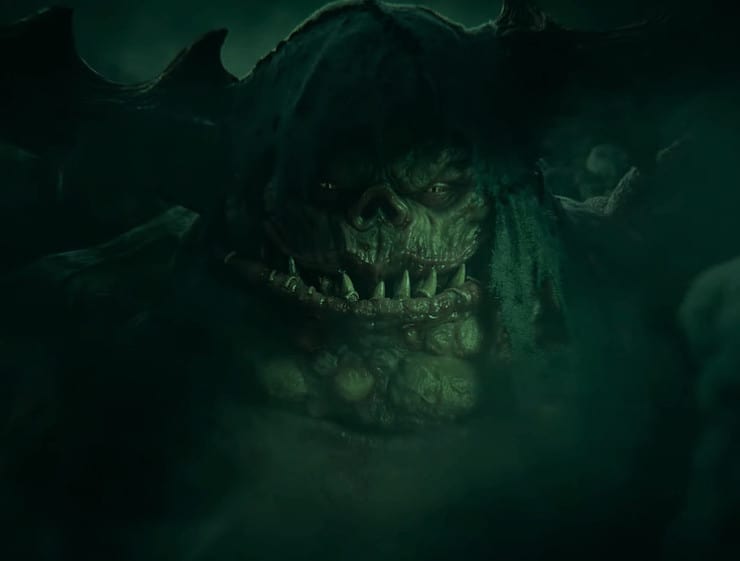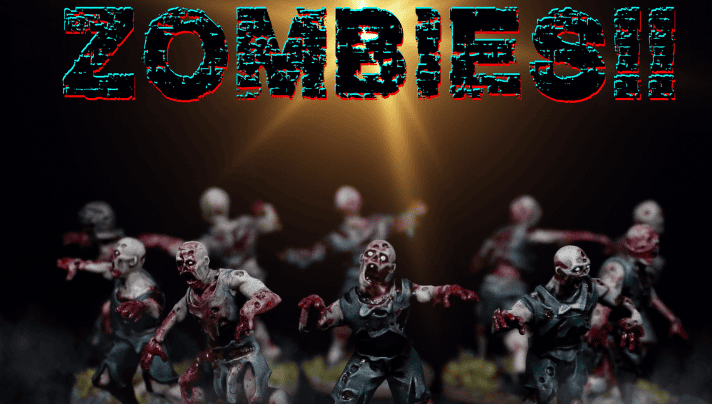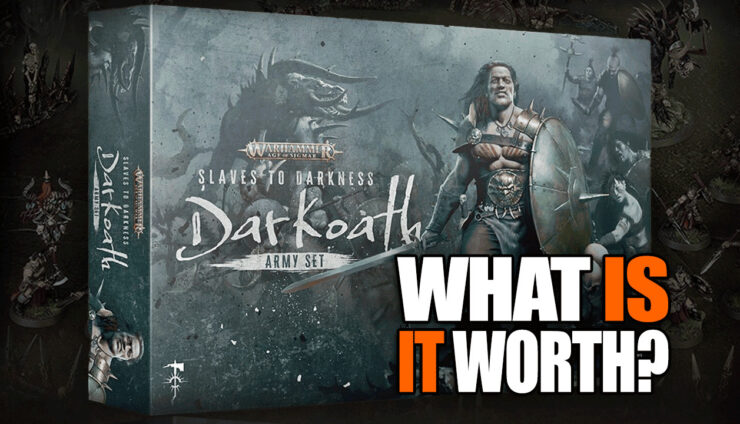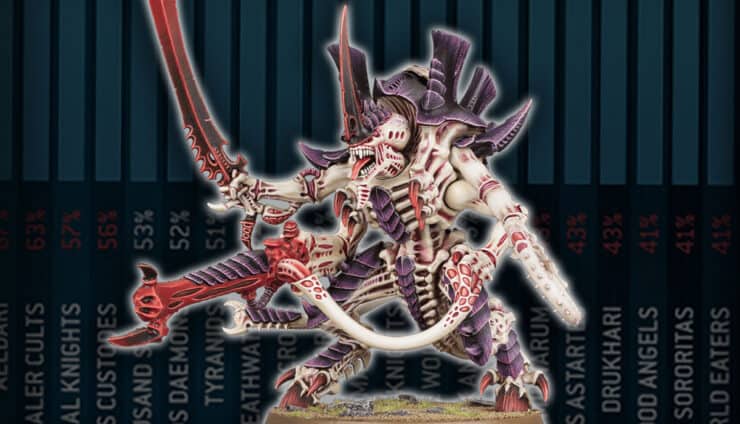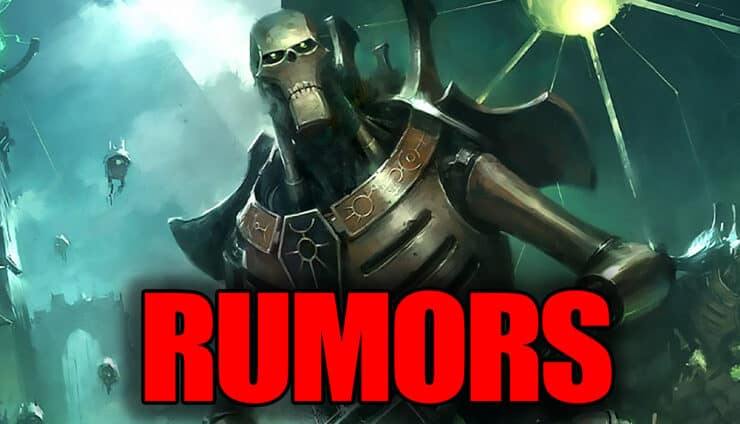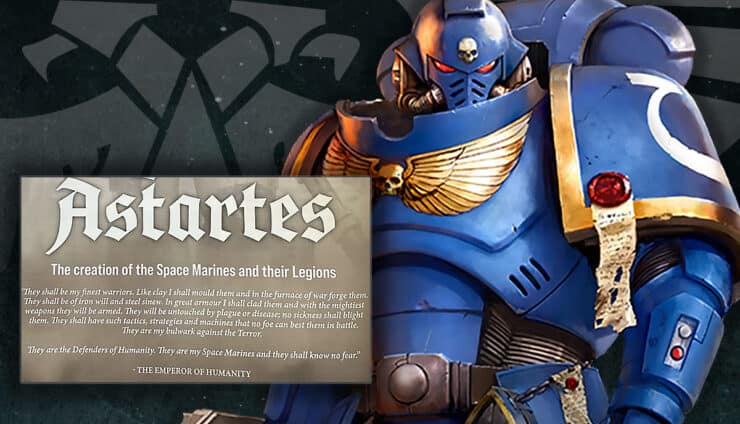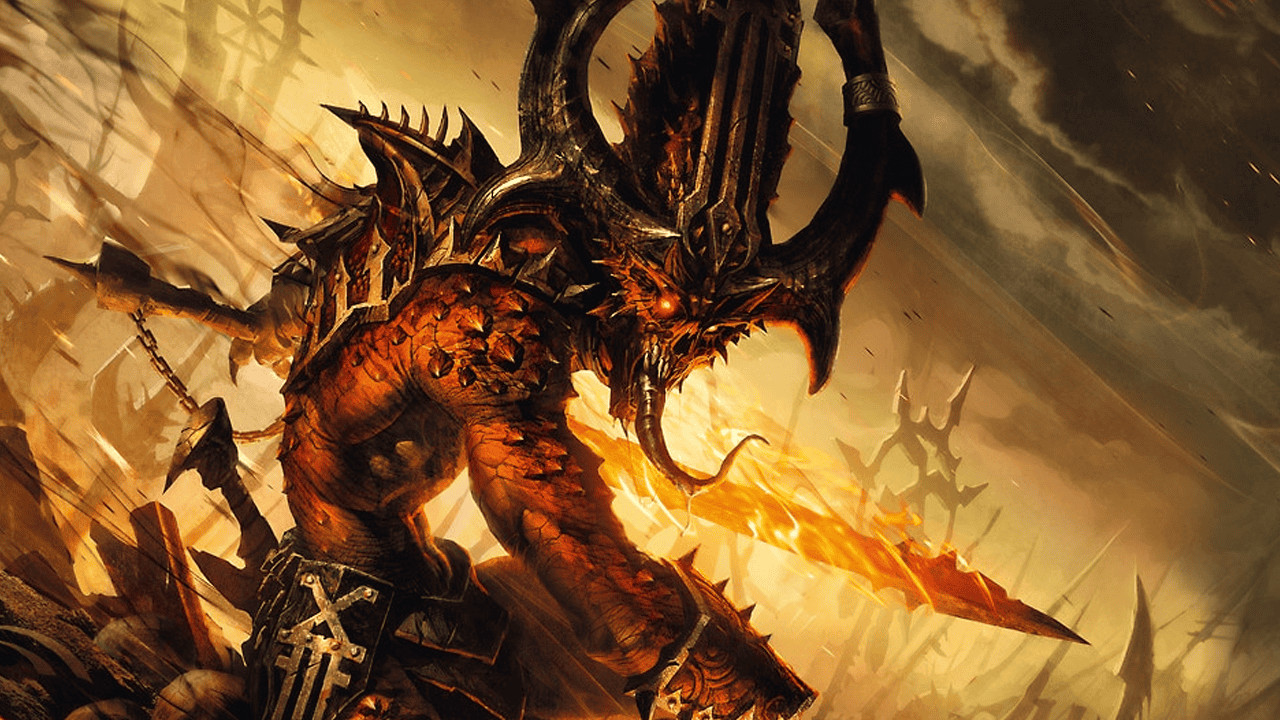 Explore Chaos Daemons’ playstyles in our guide to mastering them in Warhammer 40K, from assault tactics, to psyker powers find your perfered strategy now!
Explore Chaos Daemons’ playstyles in our guide to mastering them in Warhammer 40K, from assault tactics, to psyker powers find your perfered strategy now!
Chaos Daemons in Warhammer 40k bring unparalleled variety and raw power to the tabletop, offering a playstyle for every type of commander. Whether you’re into crushing enemies with devastating assaults or bending the battlefield to your will with potent psyker abilities, this guide will help you find your groove. The forces of Chaos are as unpredictable as they are destructive, and mastering them is all about knowing which strategies work best for you. Let’s break it all down and figure out how to wield the Warp to your advantage!
Chaos Daemons in Warhammer 40K: Understanding the Forces of Chaos
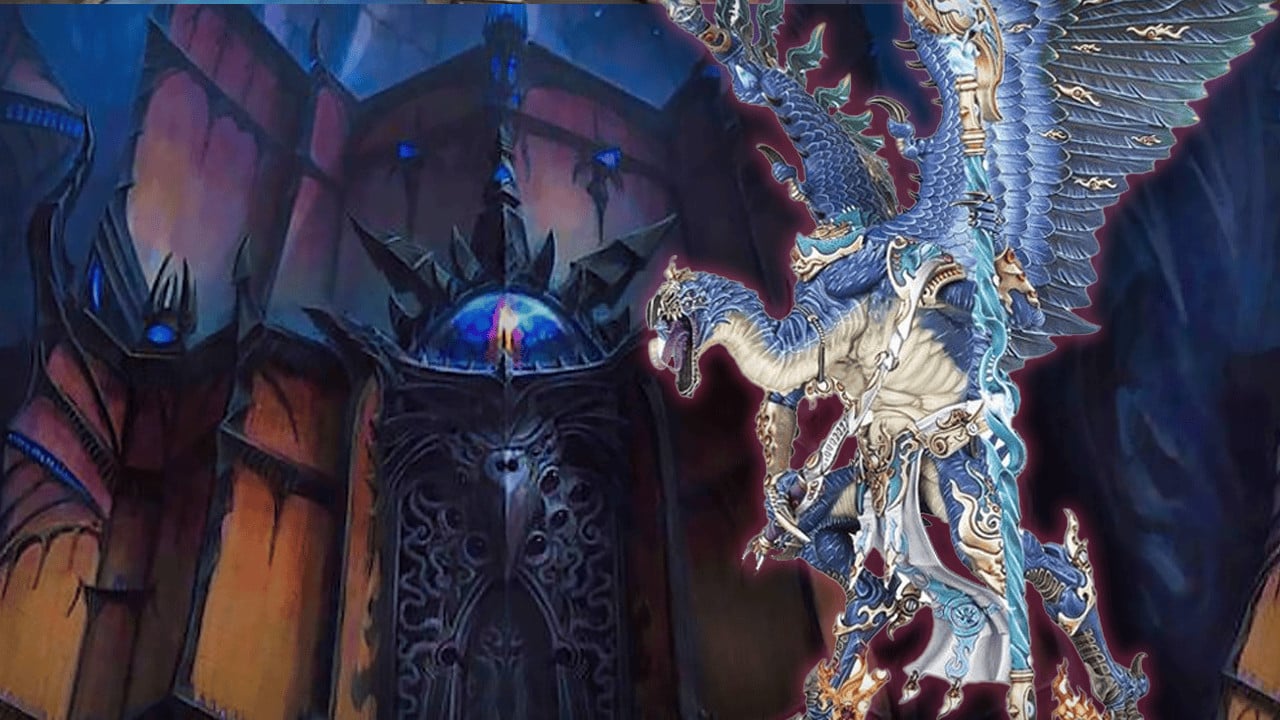
Key Playstyles of Chaos Daemons
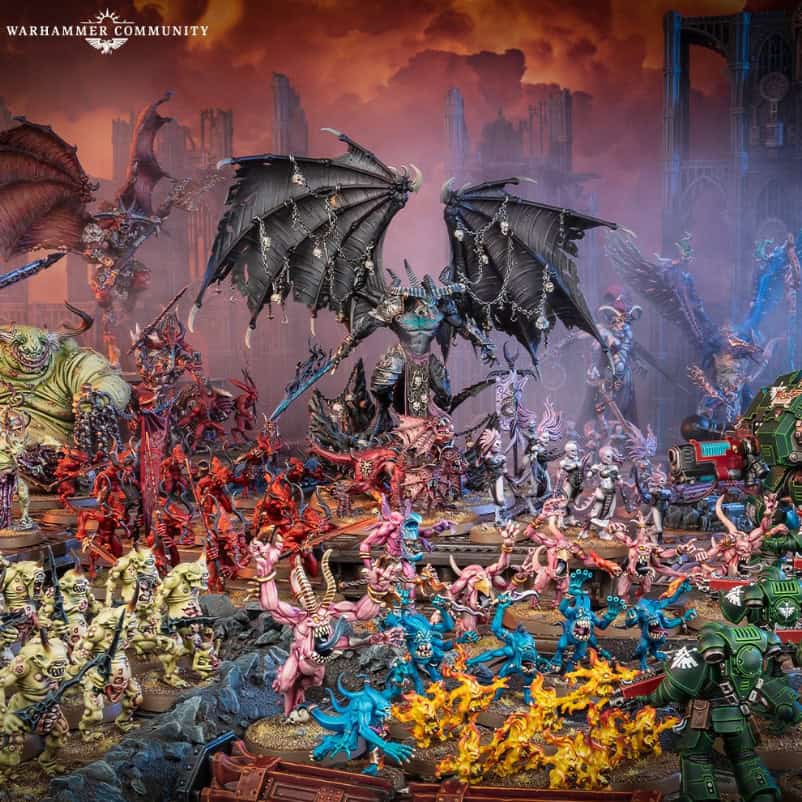
Assault-Oriented Chaos Daemons
For players who enjoy charging headlong into the action, the melee-focused forces of Chaos Daemons are an exhilarating choice. These units thrive on tearing through enemy lines with relentless ferocity and raw power.
- Unmatched Speed: Chaos Daemons don’t mess around when it comes to closing the gap. Units like Daemonettes and Flesh Hounds can dart across the battlefield, outpacing their opponents and setting up devastating charges.
- High Damage Output: Once these units get stuck in, they mean business. Bloodletters bring lethal precision to the fray, while Slaanesh’s lightning-fast warriors ensure their foes don’t know what hit them.
- Resilience: Getting to melee range isn’t always easy, but Chaos Daemons have you covered. Invulnerable saves and sheer durability let them weather enemy firepower until they’re in position to strike.
Building an army with assault-oriented Chaos Daemons means leaning into aggression and timing. Khorne’s bloodthirsty hordes are ideal for smashing through the toughest enemies, while Slaanesh’s swift attackers excel at picking off vulnerable targets. The key is coordinating charges to overwhelm your opponent and claim victory before they can regroup.
Psyker-Driven Daemons of Chaos
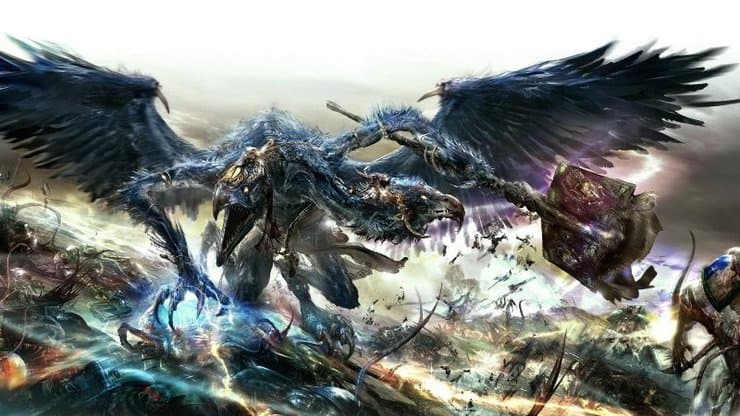
- Psychic Dominance: Tzeentchian daemons are the undisputed masters of the psychic phase. Lords of Change and Pink Horrors can hurl devastating spells at enemies, buff their allies, or warp reality itself to tilt the odds in your favor.
- Range Support: While most Chaos Daemons shine in melee, Tzeentch’s forces add a refreshing dose of ranged firepower. From Warp-flame projectiles to psychic blasts, these units can keep enemies at bay while dishing out serious damage.
- Synergy Potential: Combining psychic abilities with unit-specific strengths unlocks devastating combos. Proper coordination can transform a few key units into a nigh-unstoppable force.
Building a psyker-driven list requires careful balance. Protect your key units from enemy fire while maximizing the impact of your psychic abilities. With the right strategy, Tzeentch’s forces can dismantle even the most well-prepared opponents.
Chaos Daemons in Warhammer 40K: Faction-Specific Strategies
Chaos Daemons are the ultimate wildcard in Warhammer 40k, and their armies reflect the wildly different personalities of the Chaos Gods. Whether you want to overwhelm your opponent with brute strength, outlast them in a battle of attrition, bend reality to your will, or strike with surgical precision, Chaos Daemons have you covered. Let’s break down the distinctive strategies that each faction brings to the table and help you figure out which one best suits your approach to commanding the forces of Chaos.
 Daemons: The Unstoppable Plaguebearers
Daemons: The Unstoppable Plaguebearers
If your idea of fun is turning your opponents into frustrated puddles of despair, Nurgle’s daemons are the perfect fit. These resilient troops aren’t flashy, but they’re nearly impossible to dislodge once they dig in (and they’re fun to paint!).
- Toughness Above All: Plaguebearers and Great Unclean Ones are famously difficult to kill. They shrug off hits with their high toughness and invulnerable saves, laughing in the face of even the most devastating firepower.
- Attrition Warfare: Nurgle armies specialize in slow, suffocating battles where their Diseased Weapons and mortal wound mechanics whittle down the enemy over time. Victory comes not from speed, but inevitability.
- Board Control: Want to control objectives? Nurgle units excel at locking down key points and refusing to budge, forcing your opponent to overcommit resources just to scratch them.
Patience is critical when playing Nurgle, especially to crush the Emperor’s forces. Focus on wearing down your enemies, staying alive, and grinding them into the dirt while they exhaust themselves against your unbreakable wall.
Khorne Daemons: Relentless Offense
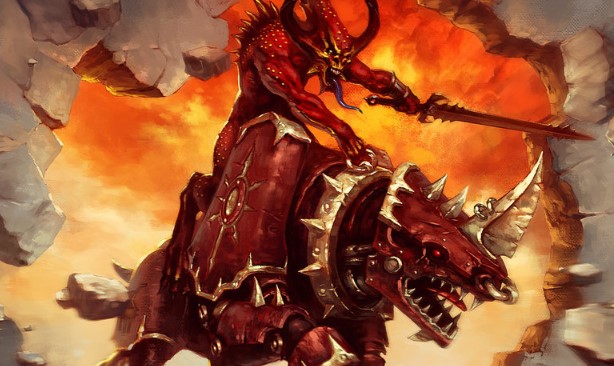
- Charge Mechanics: Bloodletters and Bloodthirsters excel at charging into combat, with abilities that make their attacks even deadlier on the charge. They’re built for quick, decisive engagements.
- High Damage Output: When Khorne daemons swing, they swing for the fences. Their melee profiles are designed to slice through heavily armored units like butter.
- Aggressive Playstyle: With Khorne armies, there’s no sitting back. You’ll want to rush into your opponent’s face, forcing them to react to your relentless assault.
Timing is crucial with Khorne. You’ll need to position your forces carefully to hit at the right moment, overwhelming your opponent before they can regroup.
Tzeentch Daemons: Masters of Magic
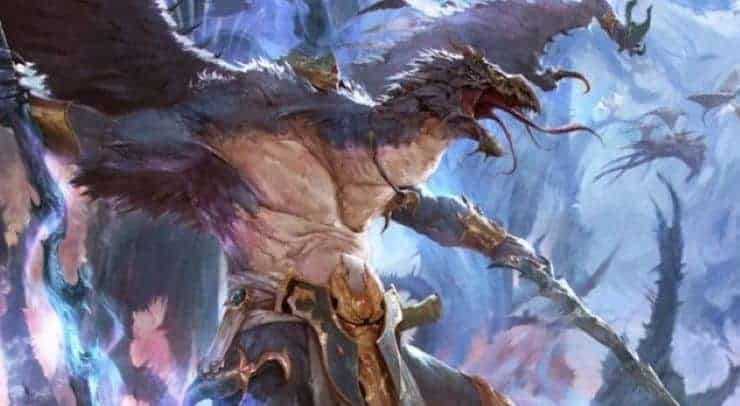
- Psychic Dominance: Units like Pink Horrors and Lords of Change are the masters of the psychic phase, offering a toolbox of offensive and defensive powers to keep your opponent guessing.
- Flexible Tactics: Tzeentch armies can adapt to a variety of situations, using psychic powers and ranged attacks to handle both close combat threats and long-range dangers.
- Warp-Flame Weaponry: These ranged attacks add a unique element to your army, allowing you to dish out significant damage from afar.
Success with Tzeentch requires careful planning. You’ll need to balance offensive and defensive powers while protecting your key units from enemy retaliation.
Slaanesh Daemons: Speed and Precision

- Blinding Speed: Units like Seekers and Daemonettes can cover huge distances in a single turn, putting pressure on your opponent from the start.
- High Initiative Attacks: Striking first in combat is a massive advantage, and Slaanesh units ensure they deal damage before enemies can hit back.
- Flanking and Maneuverability: Their incredible speed makes them perfect for exploiting gaps in enemy lines and attacking vulnerable units.
Positioning is everything with Slaanesh. Their speed allows you to control the flow of battle, but you’ll need to be precise in your execution to make the most of their devastating attacks.
Building a Competitive Chaos Daemons 40K Army
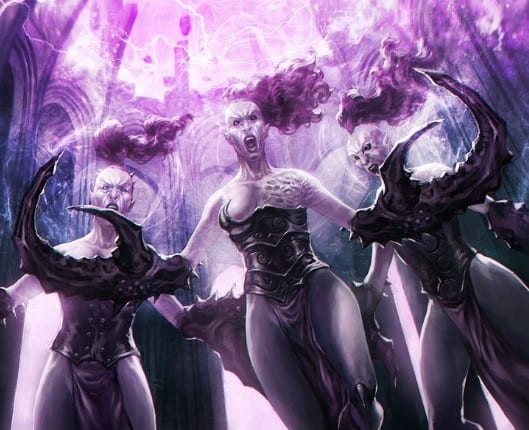
To start playing them, you will need a Codex book (or index) or access to a reference site like Wahapedia, or the official Warhammer 40k army builder app (subscription required for most up-to-date rules.)
Selecting the Right Units
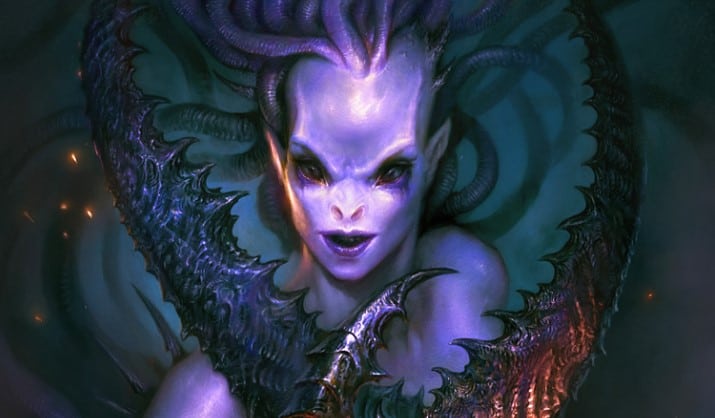
- Khorne Units: Bloodletters and Bloodthirsters excel in melee combat, offering unmatched damage output. If you want an aggressive force, these units form the backbone of a hard-hitting army.
- Tzeentch Units: Pink Horrors and Lords of Change dominate the psychic phase. They’re ideal for players who prefer tactical flexibility and control over the battlefield.
- Nurgle Units: Plaguebearers and Great Unclean Ones are unparalleled in toughness. These units are perfect for holding objectives and surviving heavy enemy fire.
- Slaanesh Units: Daemonettes and Seekers bring speed and precision. Use them to outmaneuver your opponent and strike where they least expect it.
When building your list, consider the balance between offense, defense, and utility. Incorporating units with synergy will enhance the effectiveness of your army as a whole.
Effective Deployment Tactics
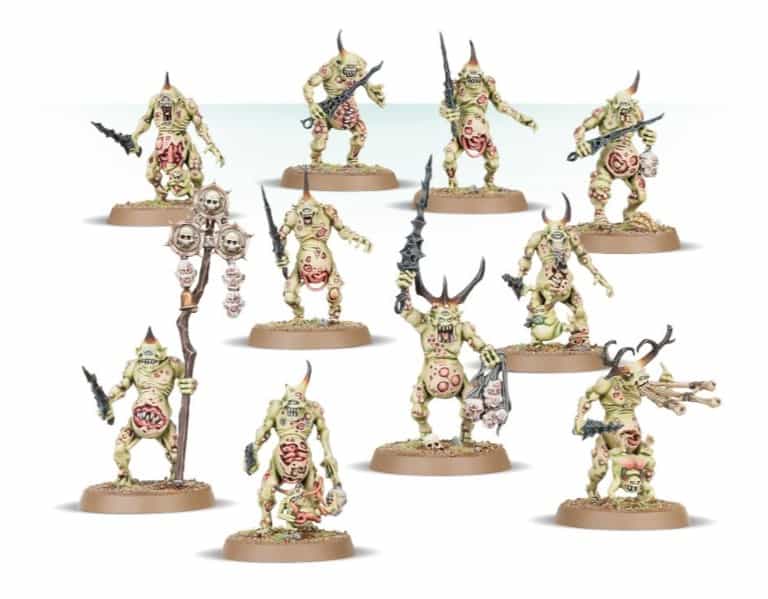
- Know Your Objectives: Before deploying, identify the key areas of the battlefield you need to control. Chaos Daemons excel in controlling objectives, so plan to place durable units like Nurgle’s Plaguebearers in strategic positions early.
- Screening and Protection: Use expendable units to shield your more valuable ones. For example, place Nurglings or Pink Horrors at the forefront to absorb incoming fire and protect your psykers or heavy hitters.
- Aggressive Placement: For melee-focused armies, position your units to take advantage of their speed or charge bonuses. Khorne and Slaanesh daemons thrive when they can engage quickly, so deploy them in areas where they can close the gap on turn one or two.
- Flexibility with Reserves: Chaos Daemons have excellent deep-strike options, allowing units like Bloodletters or Seekers to arrive exactly where they’re needed. Use this to disrupt your opponent’s plans or seize objectives late in the game.
Proper deployment isn’t just about placing units—it’s about anticipating your opponent’s moves and reacting accordingly.
Chaos Daemons: Unleash Their Potential
Building a competitive Chaos Daemons 40K army is as much about strategy as it is about raw power. By carefully selecting units that suit your style and deploying them with a solid plan, you can bring the full might of the daemons of Chaos to bear. Chaos is unpredictable, and mastering it means being ready to adapt on the battlefield.
Unraveling the Lore of Chaos Daemons in Warhammer 40K

Understanding the Mythos of Chaos Daemons
Chaos Daemons originate from the Warp, a realm of pure psychic energy. The Warp serves as both a source of power and a place of torment, shaped by the emotions, fears, and ambitions of living beings. Over time, these emotions coalesced into four dominant entities—the Chaos Gods: Khorne, Tzeentch, Nurgle, and Slaanesh.
Each god has their own distinct philosophy, domain, and daemonic servants:
- Khorne: The god of blood and war, Khorne thrives on violence and martial prowess. His daemons, such as Bloodletters and Bloodthirsters, are relentless warriors who seek glory through combat.
- Tzeentch: Representing change and ambition, Tzeentch is a master of manipulation and sorcery. Pink Horrors and Lords of Change reflect his cunning and mastery over magic.
- Nurgle: As the god of decay and despair, Nurgle paradoxically offers comfort through acceptance of suffering. Plaguebearers and Great Unclean Ones spread his grotesque blessings across the galaxy.
- Slaanesh: The youngest of the Chaos Gods, Slaanesh embodies excess and perfection. Daemonettes and Seekers reflect their patron’s obsession with speed, grace, and beauty.
Together, these gods and their daemons form an unholy pantheon that threatens all life in the galaxy, spreading corruption wherever the Warp bleeds into reality.
Overview of Warhammer 40K Chaos Daemons
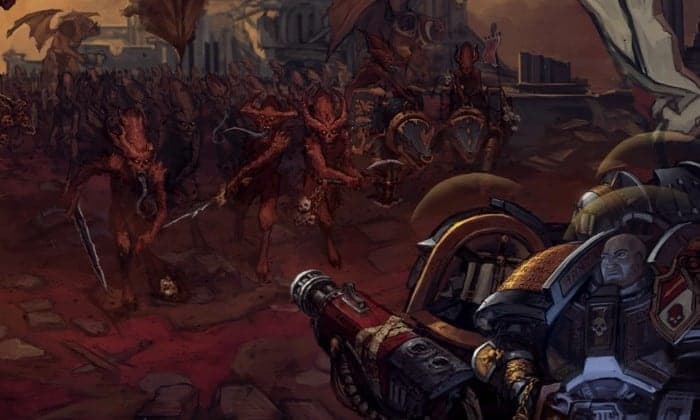
Chaos Daemons can be deployed in various ways across the Warhammer 40K tabletop game:
- Monofaction Armies: Dedicated to one Chaos God, monofaction armies embody their deity’s playstyle. For example, a Khorne army focuses on brutal melee combat, while a Tzeentch army relies on psychic powers.
- Mixed Armies: Combining units from different Chaos Gods creates a versatile force, leveraging the strengths of each faction to cover weaknesses.
- Allied Forces: Chaos Daemons often work alongside Chaos Space Marines or other Chaos-aligned armies, further expanding their tactical potential.
Thematically, Chaos Daemons also represent the ultimate corruption, luring mortals into the service of the Warp. Entire civilizations have fallen under their influence, and even the mightiest warriors of the Imperium must resist their siren call.
The Power of Chaos
Chaos Daemons in Warhammer 40K are more than just otherworldly foes—they are the embodiment of the galaxy’s darkest fears and ambitions. Their lore is as compelling as their tabletop presence, offering endless opportunities for storytelling and strategy. Whether battling for the gods or resisting their corrupting influence, the daemons of Chaos remain central to the grim, dark future of Warhammer 40K.
Wrapping Up: Mastering Chaos Daemons in Warhammer 40K
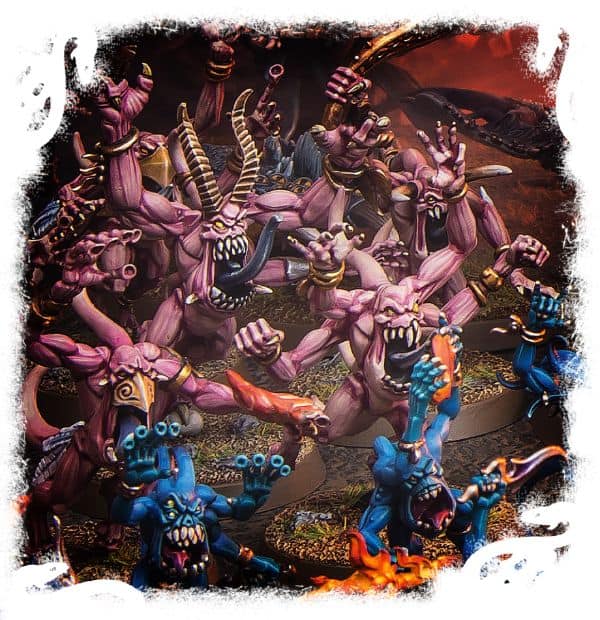
The key to success with Chaos Daemons lies in understanding the unique strengths and mechanics of your chosen units. By aligning your strategy with their abilities and maintaining flexibility on the battlefield, you can unleash the true power of the Warp and leave your opponents reeling.
FAQs & Final Thoughts on Chaos Daemons
Here are some commonly asked questions and thoughts to help you refine your approach to Chaos Daemons in Warhammer 40K.
Q: What’s the best way to start collecting a Chaos Daemons 40K army?
A: Start by identifying the Chaos God that resonates most with your playstyle. If you love melee combat, Khorne is an excellent choice. If psychic powers intrigue you, Tzeentch is your go-to. For durability, Nurgle is unmatched, while Slaanesh is perfect for fast, tactical strikes. The Start Collecting sets are a great entry point, providing core units and a solid foundation for your army.
Q: Can I mix units from different Chaos Gods?
A: Absolutely! Mixing units gives you access to a broader range of abilities, allowing for a more versatile and well-rounded force. Keep in mind, though, that some abilities and bonuses only apply to monofaction armies, so you’ll need to weigh the pros and cons of going mixed versus sticking to a single god.
Q: How do Chaos Daemons fare in competitive play?
A: Chaos Daemons are highly competitive when used effectively. Their ability to deep strike, dominate in melee, and manipulate the psychic phase makes them formidable. Success often depends on understanding your opponent’s tactics and deploying your forces strategically to counter them.
Q: What’s the best way to deal with ranged-heavy armies?
A: Mobility and clever use of terrain are your best tools. Units like Seekers and Flesh Hounds can quickly close the distance, while tough units like Plaguebearers can soak up firepower and draw attention away from your key units. Proper deployment and reserve mechanics are also critical for catching ranged units off-guard.
Final Thoughts on Chaos Daemons in Warhammer 40k

Success with Chaos Daemons requires a blend of tactical planning and bold decision-making. Whether you’re tearing through enemy lines with Khorne’s wrathful legions, twisting reality with Tzeentch’s sorcery, outlasting foes with Nurgle’s endurance, or overwhelming them with Slaanesh’s speed, the potential for devastation is limitless.
The Warp’s power is yours to wield. Will you answer the call of Chaos?
Warhammer 40k Factions Explained: A Complete Guide to Every Army
What do you think about the Chaos Daemons in Warhammer 40k? Do you like the playstyle and units in 40k?
